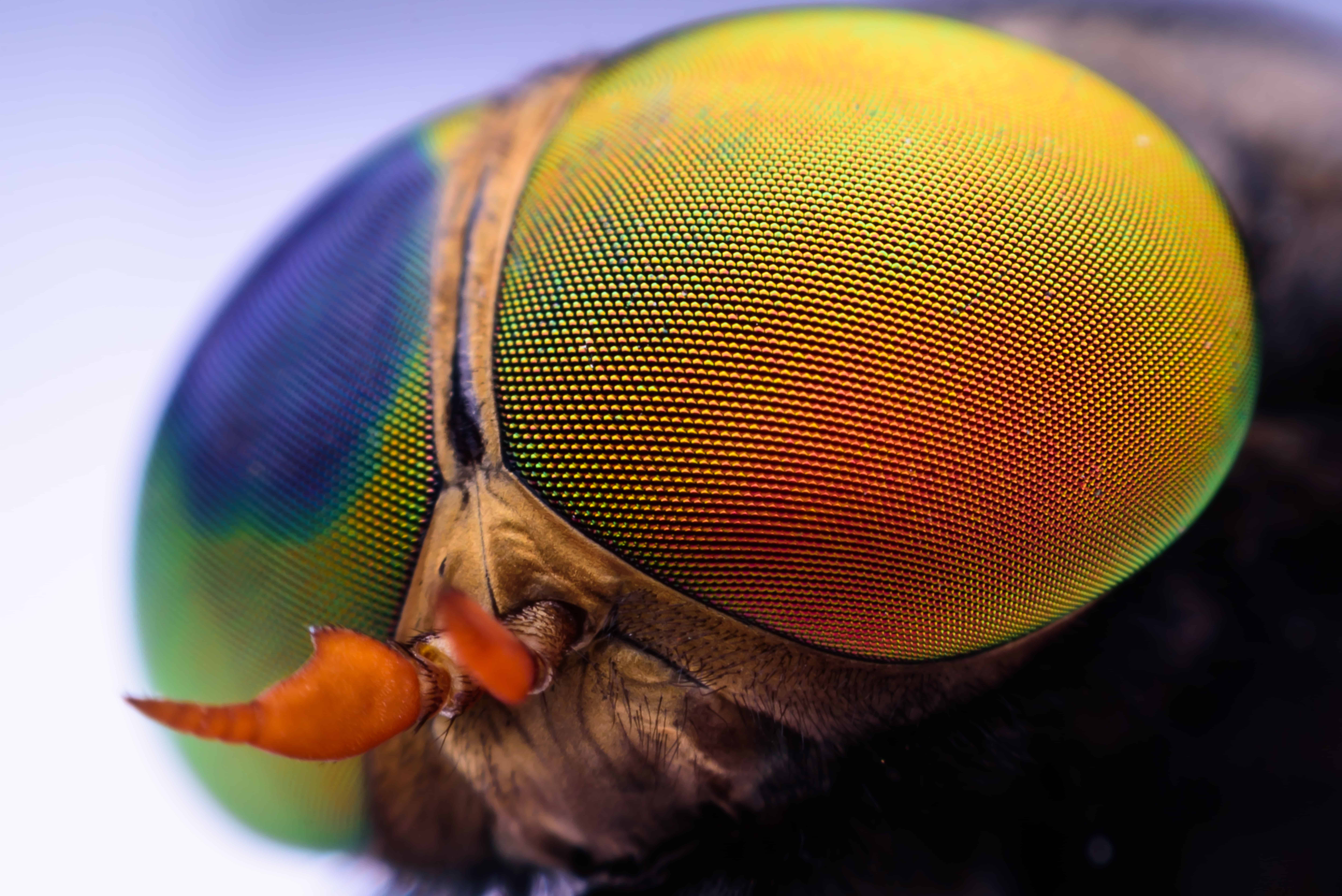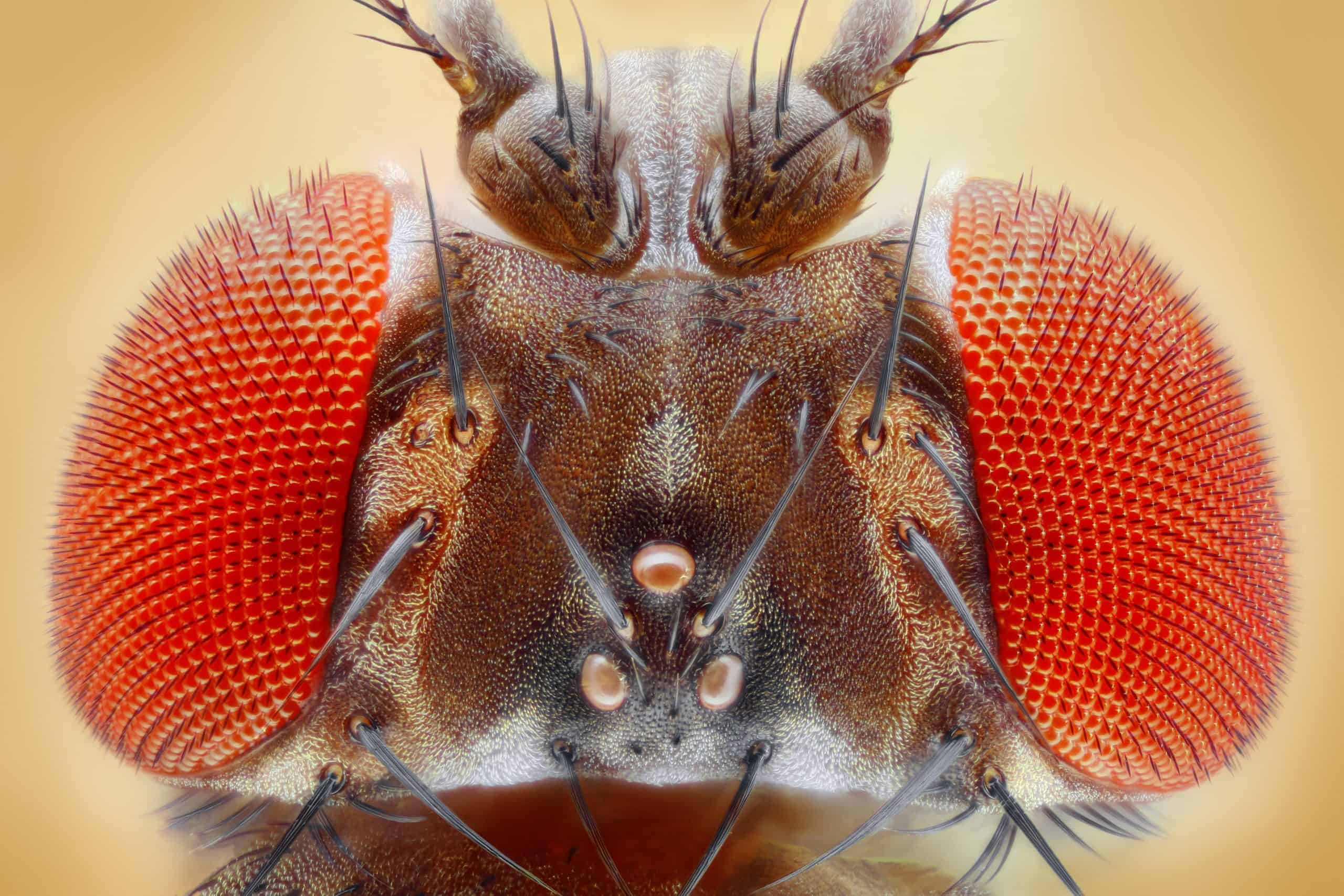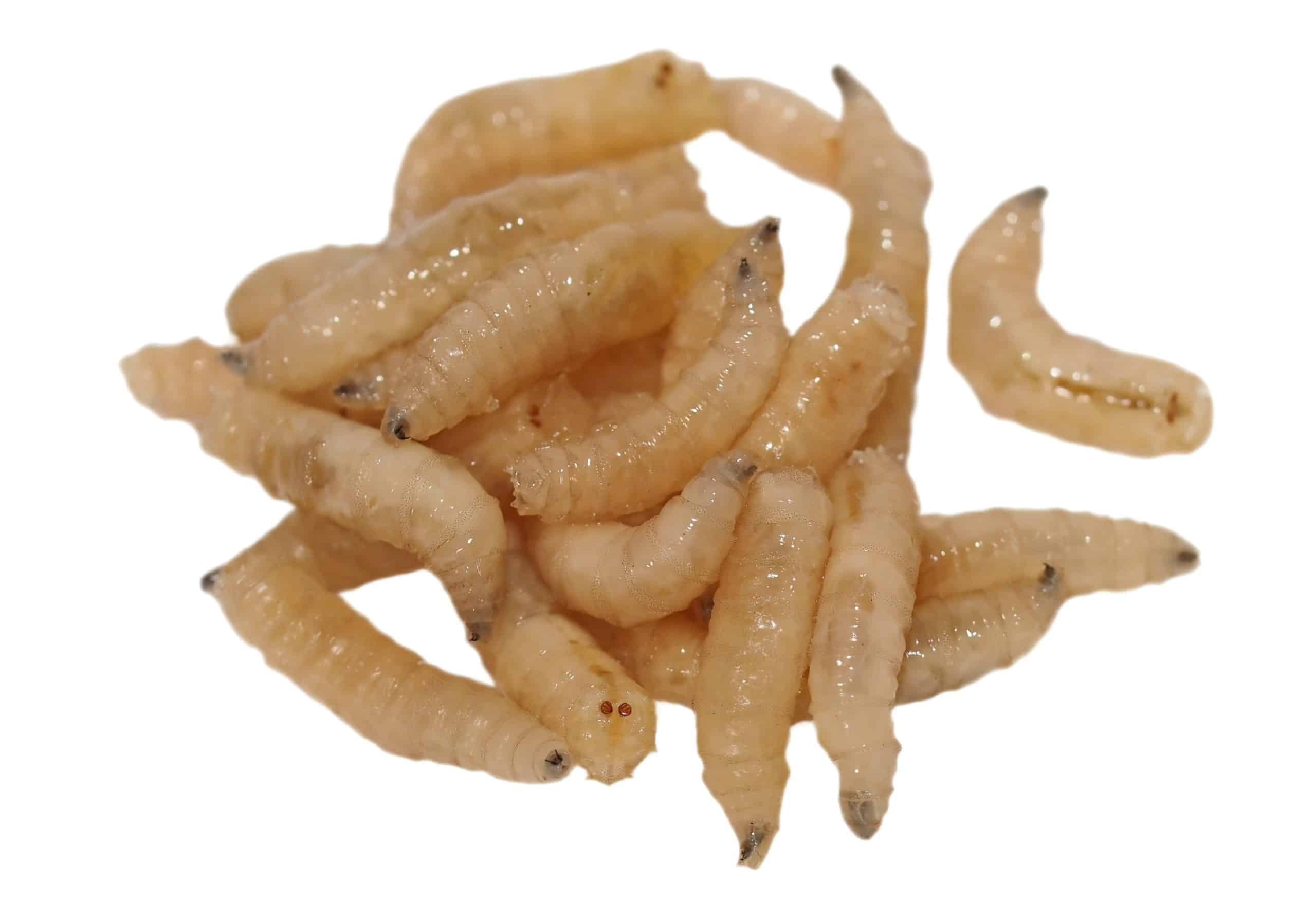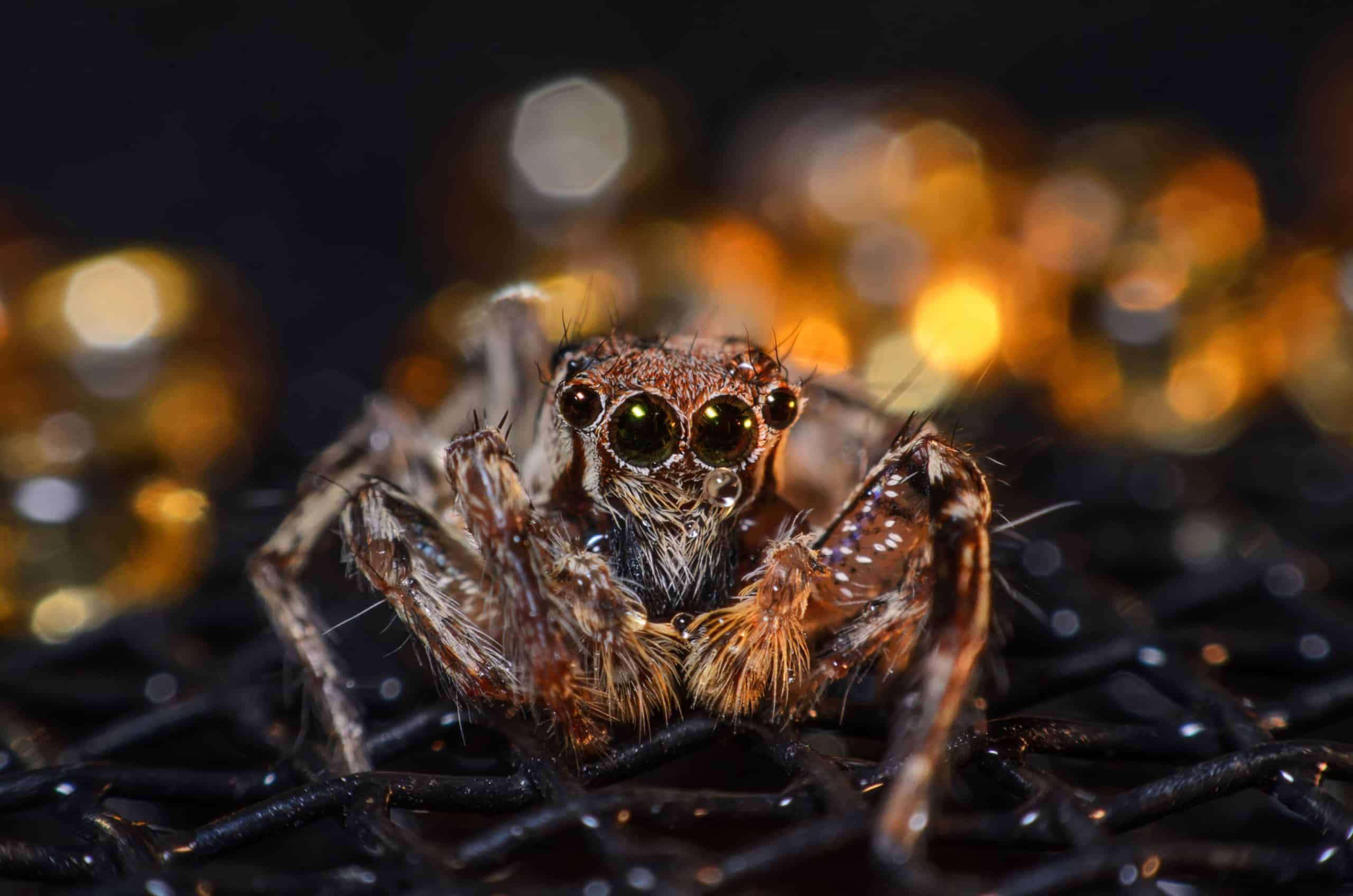In the Eyes of the “Enemies”
In the Eyes of the “Enemies”
A Different World Entirely
While rats and mice may perceive the world somewhat similarly to us as humans, other pests, such as insects and arachnids, view the world entirely differently. From the basic design of their eyes to the sheer number of photoreceptors that each individual creature possesses, the optical abilities of these pests are shockingly divergent from our own understanding of sight. In this blog, we break down some of the different eyes of pests and reveal what the actually see. 
Compound Eyes and Ommatidia
Possibly the most commonly recognized insect eyes are what are known as ‘compound eyes.’ Many of the most common pests and insects such as wasps, flies, bees, dragon flies, and These eyes appear like two separate, large bulbs which appear to be broken up into hundreds of tiny units. The units, known as ommatidia, and are somewhat like individual eyeballs in the way that they each have a lens to focus light and pigments to detect color. However, this is not to say that ommatidia are actually full eyes with their own full visual fields, rather they act in tandem with one another like pixels melding together to create one cohesive image. What these large globes of pixel-like ommatidia provide is a nearly 360-degree panoramic view of the insect’s surroundings in a mosaic-like format. These eyes are excellent at detecting motion and can even pick up on several different colors depending on the particular species of arthropod. These eyes are extremely useful for the creatures as they are often simultaneously hunters and prey who always need to be on the lookout… especially if one of our pest experts are on their trail… 
Ocelli
Many pests have these unique photoreceptors in addition to a pair of ommatidia. These eyes are considered “simple eyes” as they only contain a single structure as opposed to multiple ones. Furthermore, the ocelli are used solely to detect changes in light and are unable to perceive the complexity of visual images. Depending on the particular species of insect, each individual will have roughly 2-3 ocelli located on their face or backs. 
Stemmata (Lateral Ocelli)
This kind of eye is specifically found in the larval forms of insects as they are still undergoing metamorphosis to their adult forms. Essentially, these eyes are a single ommatidia that has the ability to detect light changes, movement, and sometimes color. Often times these eyes are referred to as lateral ocelli due to the fact that they are often located on the sides of the larvae’s head.

Other Photoreceptors
Some insects have additional photoreceptors that are located in unique areas… or, in other words, not on their heads. For example, some butterflies and months have special receptors that detect light, and especially ultraviolet light, located near their rears. 
The Multiple Eyes of Arachnids
Unlike most insects, arachnids do not have compound eyes, rather, they possess roughly 6-8 simple eyes that are arranged in different patterns depending on the particular species of spider. Typically, at least two of the eyes are positioned for forward vision (the principal eyes), which can process with relative detail, while other eyes can be placed elsewhere in order to detect movement and light changes because they do not have the ability to move their heads from side to side. Interestingly, this means that spider eyes act like a society with a division of labour where the eyes all have different jobs to do and work together to help the spider operate with different visual cues. Surprisingly, even with all those eyes, most arachnids have rather poor vision and are nearsighted as they have no need to hunt and, instead, simply wait to their meals to be captured in their webs. However, hunting and jumping spiders have more sophisticated ocular abilities so that they can stalk their prey from a distance and navigate their leaps through the air. 
Citations
Buschbeck, E. K. and Friedrich, M. (2008) Evolution of Insect Eyes: Tales of Ancient Heritage, Deconstruction, Reconstruction, Remodeling, and Recycling, BioMed Central. Springer Nature. Available at: https://evolution-outreach.biomedcentral.com/articles/10.1007/s12052-008-0086-z (Accessed: May 17, 2021). The Compound Eye (2014) Biology Pages. Available at: https://www.biology-pages.info/C/CompoundEye.html (Accessed: May 17, 2021). Lewis, B. (2020) Do Arachnids Have Compound Eyes Like Insects?, Pets on Mom. Available at: https://animals.mom.com/arachnids-compound-eyes-like-insects-11119.html (Accessed: May 17, 2021). “Mechanism for analogous illusory motion perception in flies and humans” by Margarida Agrochao, Ryosuke Tanaka, Emilio Salazar-Gatzimas and Damon A. Clark, 24 August 2020, Proceedings of the National Academy of Sciences. Miorelli, N. (2015) Through the Compound Eye, Ask an Entomologist. Available at: https://askentomologists.com/2015/02/25/through-the-compound-eye/ (Accessed: May 17, 2021). Pappas, S. (2012) Jeepers, Peepers: Why Spiders Have So Many Eyes, LiveScience. Purch. Available at: https://www.livescience.com/24054-why-spiders-have-eight-eyes.html (Accessed: May 17, 2021). Yale University Starr (2020) Optical Illusions Have Long Mystified Neuroscientists – Now Explained in a Fly’s Eyes, SciTechDaily. Yale University. Available at: https://scitechdaily.com/optical-illusions-have-long-mystified-neuroscientists-now-explained-in-a-flys-eyes/ (Accessed: October 2020).
Request a Free Quote Today
(We do not share your data with anybody, and only use it for its intended purpose)
